Termites are silent destroyers. By the time you notice their presence, they might have already caused significant damage to your home. One area where termites often attack without immediate detection is drywall. As a homeowner, recognizing the signs of termite damage in drywall is crucial to protecting the structural integrity of your home. In this guide, I’ll walk you through what termite damage looks like in drywall, how to spot it early, and what steps to take if you discover an infestation.
What Are Termites and Why Do They Attack Drywall?
Before diving into the signs of damage, it’s important to understand why termites are attracted to drywall in the first place. Drywall, or sheetrock, consists of a gypsum core sandwiched between layers of paper. It’s the paper component of drywall, often made from cellulose, that draws termites. Cellulose is a prime food source for these pests, and once they’ve made their way into your walls, they’ll consume it until there’s little left to hold your home together.
There are three main types of termites to watch out for:
Subterranean termites: These are the most common and cause the most damage. They live in the soil and build mud tubes to reach food sources like wood and drywall.
Drywood termites: Unlike subterranean termites, drywood termites don’t need contact with soil. They infest dry wood and walls directly.
Dampwood termites: These termites are drawn to moist environments and tend to infest wood that’s already been damaged by water.
How to Recognize Termite Damage in Drywall?
Pinholes in Drywall
One of the earliest and most telltale signs of termite damage in drywall is the appearance of tiny pinholes. As termites chew through the paper and gypsum, they leave behind small, often circular exit points. These holes are where termites discard debris or push their droppings (also known as frass) out of their tunnels. If you notice small holes in your walls that weren’t there before, especially if they seem to appear suddenly, you should investigate for termites.
Bubbling or Uneven Paint
Termites love to stay hidden, often eating away at drywall from the inside out. Because of this, the outermost layer of paint may begin to blister or bubble. This happens because the termites weaken the wall from behind, causing the paint to lose its adherence to the surface. If you see bubbling, peeling, or uneven patches of paint on your walls, you may not be dealing with a moisture issue—it could be termites.
Hollow-Sounding Walls
Termites don’t only feast on the paper of drywall but also on the wooden framework behind it. A simple but effective method to detect termite damage is to knock on your walls. If the wall sounds hollow or echoes more than usual, that’s a sign the internal structure has been compromised by termite tunnels. This hollow sound means that termites have likely eaten away the paper and gypsum, leaving empty spaces within the wall.
Soft and Crumbling Drywall
If you press on your drywall and it feels soft, spongy, or crumbly, termites might be to blame. Over time, as termites feed on the cellulose in drywall, the material becomes weakened and deteriorates. This softening can make drywall more prone to crumbling under pressure. Often, termite-damaged drywall will break apart easily when tapped or pressed.
Mud Tubes on Walls
Subterranean termites create protective mud tubes to travel between their colonies and food sources. These tubes are made from a mixture of soil, wood, and termite saliva and are usually found on exterior walls or foundation areas. However, you might also see them on interior drywall surfaces if termites have made their way into your walls. These tubes act as highways for termites and are a clear sign that an infestation is active.
Secondary Signs of Termite Infestation in Drywall
Aside from the direct damage to drywall, there are several secondary signs of termite activity that homeowners should be aware of.
Termite Droppings (Frass)
Termite droppings, or frass, are small pellets left behind by drywood termites. These droppings are pushed out of the tunnels that termites create in the drywall, usually through pinholes. Frass looks like tiny, ridged pellets and may accumulate in piles near the base of walls or window sills. If you notice these tiny droppings near your drywall, it’s a good indication that termites have been active.
Discarded Wings
When termites swarm, typically during the spring or summer, they fly in search of new places to establish colonies. Once they’ve found a suitable location, they shed their wings. Piles of discarded wings near windows, doors, or in the corners of your home can be a strong indicator of a nearby termite infestation.
Clicking Sounds Inside Walls
As strange as it sounds, you might actually hear termites if the infestation is large enough. Soldier termites bang their heads against the walls or shake their bodies to communicate with the colony. This behavior can create a faint clicking sound within your walls, particularly during quiet times of the day.
How to Prevent Termite Damage in Drywall
As the saying goes, prevention is better than cure. To protect your home drywall from termites, consider these preventive measures:
Control Moisture Levels
Since termites are drawn to damp environments, keeping your home dry is key. Repair any leaky faucets, pipes, or roofs immediately to prevent moisture buildup in your walls. Make sure your home’s foundation has proper drainage and that any standing water is addressed.
Maintain a Clean Perimeter
Subterranean termites travel through the soil, so it’s crucial to keep the area around your home free of debris. Ensure that wood piles, mulch, and other organic materials are kept at least a few feet away from your house to avoid creating a bridge for termites.
Seal Entry Points
Inspect your home for cracks, gaps, and openings where termites could enter. Seal these areas with caulking or other appropriate materials to prevent termites from gaining easy access to your drywall.
Regular Termite Inspections
Professional termite inspections are one of the best ways to detect an infestation early. Schedule annual inspections, especially if you live in a termite-prone region, to ensure that any signs of termite activity are caught before they cause major damage.
Steps to Take if You Discover Termite Damage in Your Drywall
If you’ve spotted signs of termite damage in your home’s drywall, it’s essential to act quickly to prevent further destruction. Here’s what to do:
Step 1. Contact a Professional Exterminator
DIY termite treatments can be tempting, but termites are notoriously difficult to eliminate completely. A professional exterminator will assess the extent of the infestation and implement a comprehensive treatment plan that could include liquid barriers, bait systems, or fumigation.
Step 2. Assess the Structural Damage
Once the termites have been eliminated, the next step is to assess how much damage they’ve caused. Termite-damaged drywall may need to be replaced, especially if it’s soft, hollow, or crumbling. In severe cases, the wooden framework behind the drywall may also need repair or reinforcement.
Step 3. Repair and Repaint
After removing damaged sections of drywall and repairing the underlying structures, it’s time to repaint. Choose a light, flat finish to help conceal any minor imperfections that may remain after the repairs.
Conclusion: Protecting Your Drywall from Termites
Termites can cause significant damage to your drywall if left unchecked. Early detection is crucial to minimizing their impact, which is why it’s important to familiarize yourself with the common signs of termite damage, such as pinholes, bubbling paint, hollow walls, and mud tubes. By taking preventive steps and knowing what to look for, you can protect your home drywall from these destructive pests. If you do find termites, don’t wait—seek professional help immediately to avoid further damage.
Understanding the signs of termite damage in your drywall is just the first step in keeping your home safe and structurally sound. Stay vigilant, and you’ll be better equipped to tackle these hidden invaders before they cause costly and irreversible harm.

